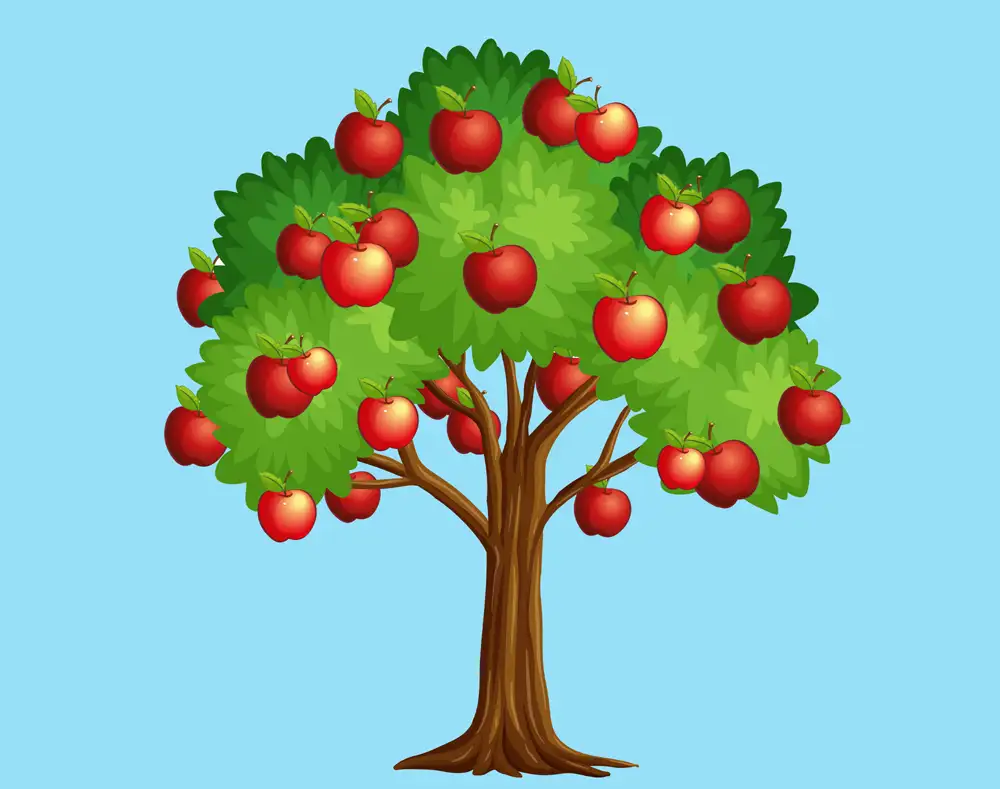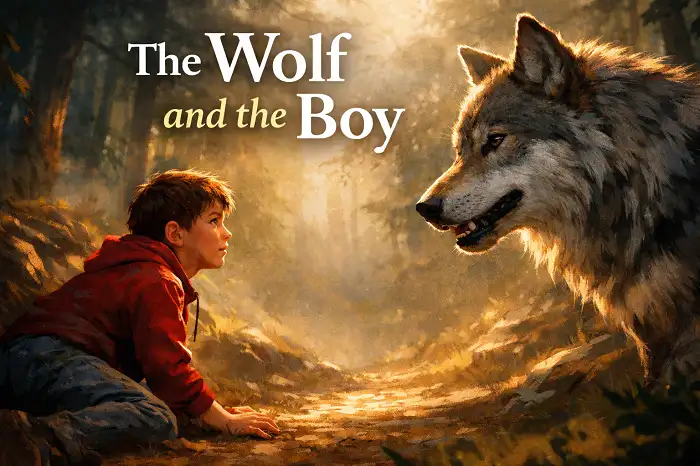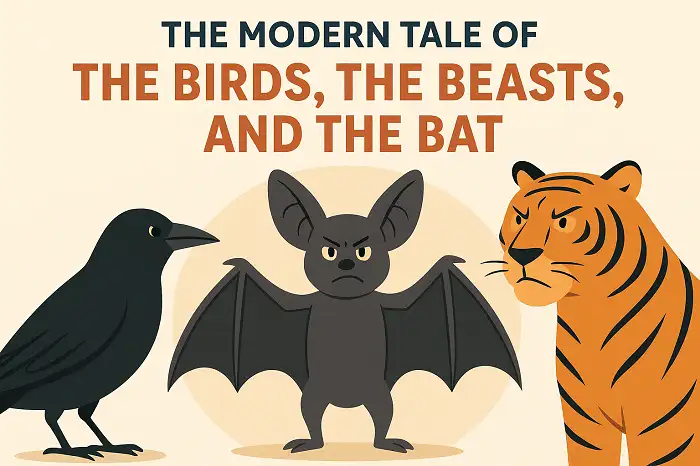The Peasant and the Apple Tree by Aesop for ESL students with a video, list of vocabulary in context, and questions for discussion The Peasant and the Apple Tree is now in the public domain available on Gutenberg Project. Video of the Peasant and the Apple Tree https://www.youtube.com/watch?v=7IW1ohwl7-g The Peasant and the Apple Tree A peasant had an apple-tree growing in his garden, which bore no fruit, but merely served to provide a shelter from the heat for the sparrows and grasshoppers which sat and chirped in its branches. Disappointed at its barrenness, he determined to cut it down, and ...
Home » English Short Stories » The Peasant and the Apple Tree By Aesop

The Peasant and the Apple Tree By Aesop
Updated: by Dr. Mohammad Hossein Hariri Asl
Time to Read: 4 minutes | 366 Views | 2 Comments on The Peasant and the Apple Tree By Aesop
Share This Post
About the Author
Dr. Mohammad Hossein Hariri Asl is an English and Persian instructor, educator, researcher, inventor, published author, blogger, SEO expert, website developer, entrepreneur, and the creator of LELB Society. He's got a PhD in TEFL (Teaching English as a Foreign Language).
Number of Posts: 4235



1- The peasant was angry with the apple tree because he could not gain fruit production from it.
2- The sparrows and the grasshoppers noticed the peasant that the tree has more benefits beyond its fruit such as being shelter for other creatures and its shade.
3- The fable tells we should not take action immediately to solve a problem. We must pay attention to all aspects to find the best solution.
Thanks for your comment, Nasim.
Feedback
1. The fable tells us that …
2. The sparrows and the grasshoppers noticed the peasant that = The sparrows and the grasshoppers taught / showed the peasant that …
3. being shelter for = being a shelter for …